The last number of days has allowed growers to make a significant dent in their spring workloads. Many growers had yet to make a start to spring ploughing and cultivations but that changed this week. Most growers took the opportunity to sow the first of their spring crops as ground just began to dry up after months of wet weather.
The beginning of this week looks like it will bring cooler and mixed conditions with chances of showers likely. However certain areas, particularly in the east of the country may miss the showers and progress may still be made.

Crops have really started to move in the last week as good growing conditions were experienced across the country. Crops have really started to move in the last week as good growing conditions were experienced across the country.
Planting progress
Progress has been made with planting over the past week. Seedbed quality is even more crucial now with later planting, especially for barley, as crops cannot afford any setback. Uneven emergence brings additional problems like BYDV and uneven ripening.
Crops like beans, spring wheat and spring oats are still being planted up to this week. It is impossible to know what the season will bring but be prepared for a late harvest and know the potential knock on effects to next year’s cropping plans and rotation.
As discussed in last week’s paper, demand for as much as 20,000ha additional spring barley seed is likely to push the requirement for certified spring barley seed beyond what is currently available from Irish supply.
Any shortfall in seed will in part be bridged by imported seed. Growers are advised to contact merchants immediately if they expect that they will require additional seed as imports take time to secure.
Many growers are opting to grow forage crops this year and organisations such as Teagasc, Dairygold and Glanbia are acting as facilitators for fodder supply arrangements. Caution is advised if you’re growing a fodder crop without a pre-arranged buyer as the risk being left with the end product is too high.
Growth regulation and T1s
Knowing the growth stage of your crops is essential in order to judge the timing of most inputs, especially fungicides and growth regulars. Many crops are progressing towards their first fungicide and PGR timings so judging their stage is critical. This can be done by dissecting the plant and counting the number of leaves which are emerging from the main stem prior to the emergence of the ear. Knowing which leaves are present is critical if fungicide use is to be optimised to protect leaves.
Winter wheat: You need to have the third last leaf fully emerged for the T1 fungicide to be applied on wheat which is close for some crops. Growth regulation on wheat can be as simple as CCC alone where the variety has strong straw if there is no mitigating factor. Where risk is somewhat greater, consider Moddus plus CCC (0.2 + 1.0 l/ha). If cold conditions persist in the near term then Medax Max is the product of choice from GS29.
Winter barley: Where diseases like brown rust, mildew and rhyncho are getting a grip, early fungicide intervention would be useful. All treatments should include a triazole plus either a strobilurin or an SDHI.
Winter oats: Early oat crops will shortly push towards second node and fungicide and PGR come into play. CCC, Modus plus CCC, Medax Max and Ceraide need to be used to help prevent lodging.
Bird damage
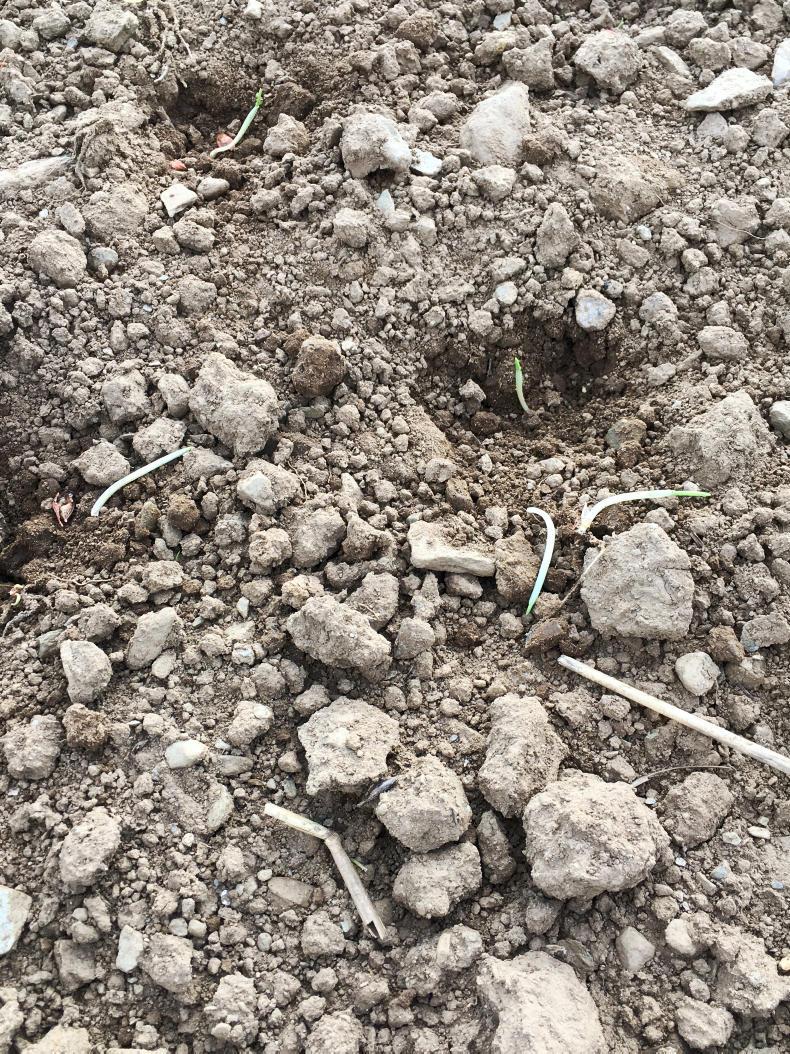
Crows will uproot seedlings in order to eat the seed.Crows are very active on sown ground and are digging up seedlings to get to the seed. Where possible use a combination of either bangers, scarecrows, kites, helium balloons, globes or shooting to minimise numbers from landing on freshly sowed ground. Remember to keep bangers on timers as the noise can be a nuisance to neighbours.
Three-crop rule
There is still a significant amount of confusion surrounding grower’s crop diversification requirements. Last week, the Minister for Agriculture Michael Creed told the Irish Farmers Journal that the three-crop rule will not apply for this year.
“The three-crop rule will not apply for 2018. We have political sign-off at European level on that”.
At the time of writing this piece however, we have not received official clarification from Brussels or the Department on the issue.
However the Minister has stated that farmers can progress with spring planting this season under the assumption that the three-crop rule is not in place.
“But for those farmers who wanted to get on with their business, and I appreciate that they’re well behind in terms of ground conditions, they needed to know what crops they would have to plant. In the context of the three-crop rule, that won’t apply in 2018."
On Saturday last it emerged that efforts to seek a derogation for the three-crop rule in Northern Ireland and Scotland have been unsuccessful.
Agrichemical products available to you in 2018

A comprehensive list of the fungicides, herbicides and plant growth regulators for use on cereals, plus insecticides for use on all crops in market for 2018 can be found on the Irish Farmers Journal website.A comprehensive list of the fungicides, herbicides and plant growth regulators for use on cereals, plus insecticides for use on all crops in market for 2018 can be found on the Irish Farmers Journal website.
The tables provide essential information on individual products including PCS numbers, active ingredients, crops on which they are cleared for use, application rates, pack size and application windows and can now be found online here.
Read more
Decision time for crop choices and work priorities
Monday management: spring sowing scramble continues
The last number of days has allowed growers to make a significant dent in their spring workloads. Many growers had yet to make a start to spring ploughing and cultivations but that changed this week. Most growers took the opportunity to sow the first of their spring crops as ground just began to dry up after months of wet weather.
The beginning of this week looks like it will bring cooler and mixed conditions with chances of showers likely. However certain areas, particularly in the east of the country may miss the showers and progress may still be made.

Crops have really started to move in the last week as good growing conditions were experienced across the country. Crops have really started to move in the last week as good growing conditions were experienced across the country.
Planting progress
Progress has been made with planting over the past week. Seedbed quality is even more crucial now with later planting, especially for barley, as crops cannot afford any setback. Uneven emergence brings additional problems like BYDV and uneven ripening.
Crops like beans, spring wheat and spring oats are still being planted up to this week. It is impossible to know what the season will bring but be prepared for a late harvest and know the potential knock on effects to next year’s cropping plans and rotation.
As discussed in last week’s paper, demand for as much as 20,000ha additional spring barley seed is likely to push the requirement for certified spring barley seed beyond what is currently available from Irish supply.
Any shortfall in seed will in part be bridged by imported seed. Growers are advised to contact merchants immediately if they expect that they will require additional seed as imports take time to secure.
Many growers are opting to grow forage crops this year and organisations such as Teagasc, Dairygold and Glanbia are acting as facilitators for fodder supply arrangements. Caution is advised if you’re growing a fodder crop without a pre-arranged buyer as the risk being left with the end product is too high.
Growth regulation and T1s
Knowing the growth stage of your crops is essential in order to judge the timing of most inputs, especially fungicides and growth regulars. Many crops are progressing towards their first fungicide and PGR timings so judging their stage is critical. This can be done by dissecting the plant and counting the number of leaves which are emerging from the main stem prior to the emergence of the ear. Knowing which leaves are present is critical if fungicide use is to be optimised to protect leaves.
Winter wheat: You need to have the third last leaf fully emerged for the T1 fungicide to be applied on wheat which is close for some crops. Growth regulation on wheat can be as simple as CCC alone where the variety has strong straw if there is no mitigating factor. Where risk is somewhat greater, consider Moddus plus CCC (0.2 + 1.0 l/ha). If cold conditions persist in the near term then Medax Max is the product of choice from GS29.
Winter barley: Where diseases like brown rust, mildew and rhyncho are getting a grip, early fungicide intervention would be useful. All treatments should include a triazole plus either a strobilurin or an SDHI.
Winter oats: Early oat crops will shortly push towards second node and fungicide and PGR come into play. CCC, Modus plus CCC, Medax Max and Ceraide need to be used to help prevent lodging.
Bird damage

Crows will uproot seedlings in order to eat the seed.Crows are very active on sown ground and are digging up seedlings to get to the seed. Where possible use a combination of either bangers, scarecrows, kites, helium balloons, globes or shooting to minimise numbers from landing on freshly sowed ground. Remember to keep bangers on timers as the noise can be a nuisance to neighbours.
Three-crop rule
There is still a significant amount of confusion surrounding grower’s crop diversification requirements. Last week, the Minister for Agriculture Michael Creed told the Irish Farmers Journal that the three-crop rule will not apply for this year.
“The three-crop rule will not apply for 2018. We have political sign-off at European level on that”.
At the time of writing this piece however, we have not received official clarification from Brussels or the Department on the issue.
However the Minister has stated that farmers can progress with spring planting this season under the assumption that the three-crop rule is not in place.
“But for those farmers who wanted to get on with their business, and I appreciate that they’re well behind in terms of ground conditions, they needed to know what crops they would have to plant. In the context of the three-crop rule, that won’t apply in 2018."
On Saturday last it emerged that efforts to seek a derogation for the three-crop rule in Northern Ireland and Scotland have been unsuccessful.
Agrichemical products available to you in 2018

A comprehensive list of the fungicides, herbicides and plant growth regulators for use on cereals, plus insecticides for use on all crops in market for 2018 can be found on the Irish Farmers Journal website.A comprehensive list of the fungicides, herbicides and plant growth regulators for use on cereals, plus insecticides for use on all crops in market for 2018 can be found on the Irish Farmers Journal website.
The tables provide essential information on individual products including PCS numbers, active ingredients, crops on which they are cleared for use, application rates, pack size and application windows and can now be found online here.
Read more
Decision time for crop choices and work priorities
Monday management: spring sowing scramble continues






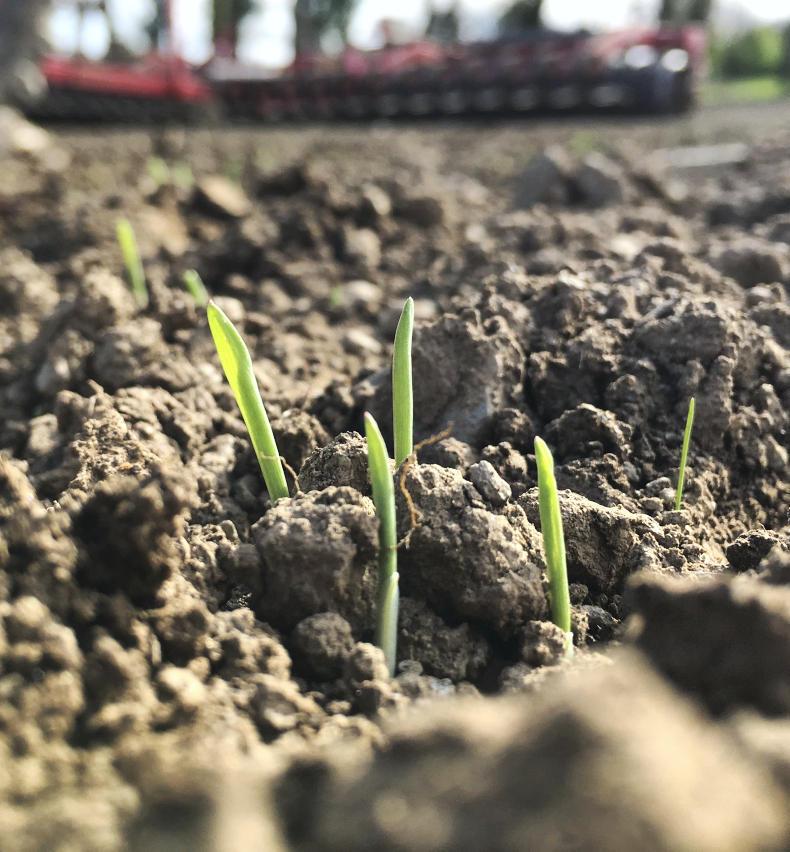





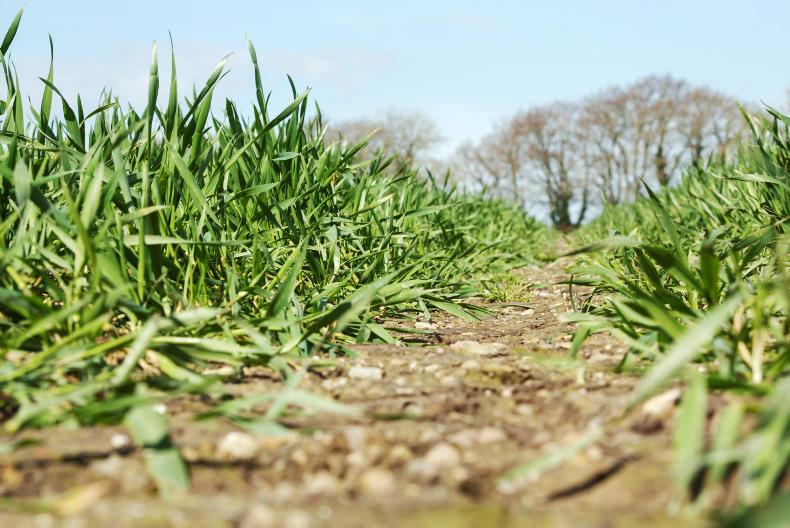



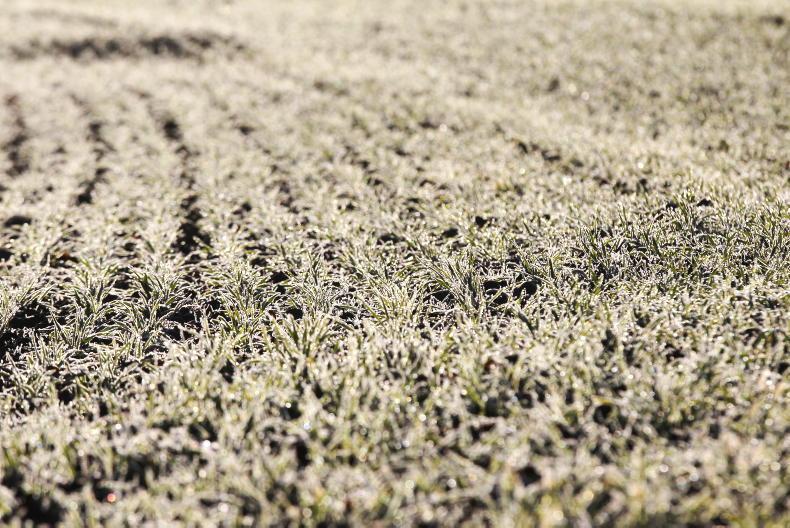
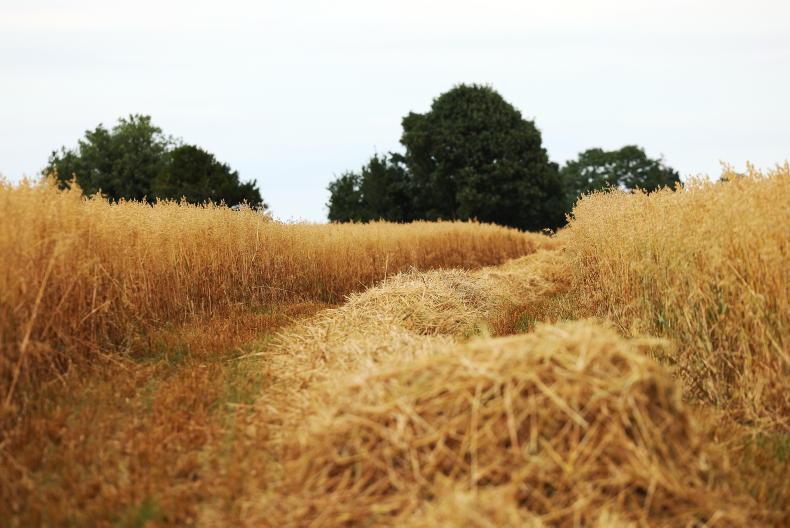
SHARING OPTIONS